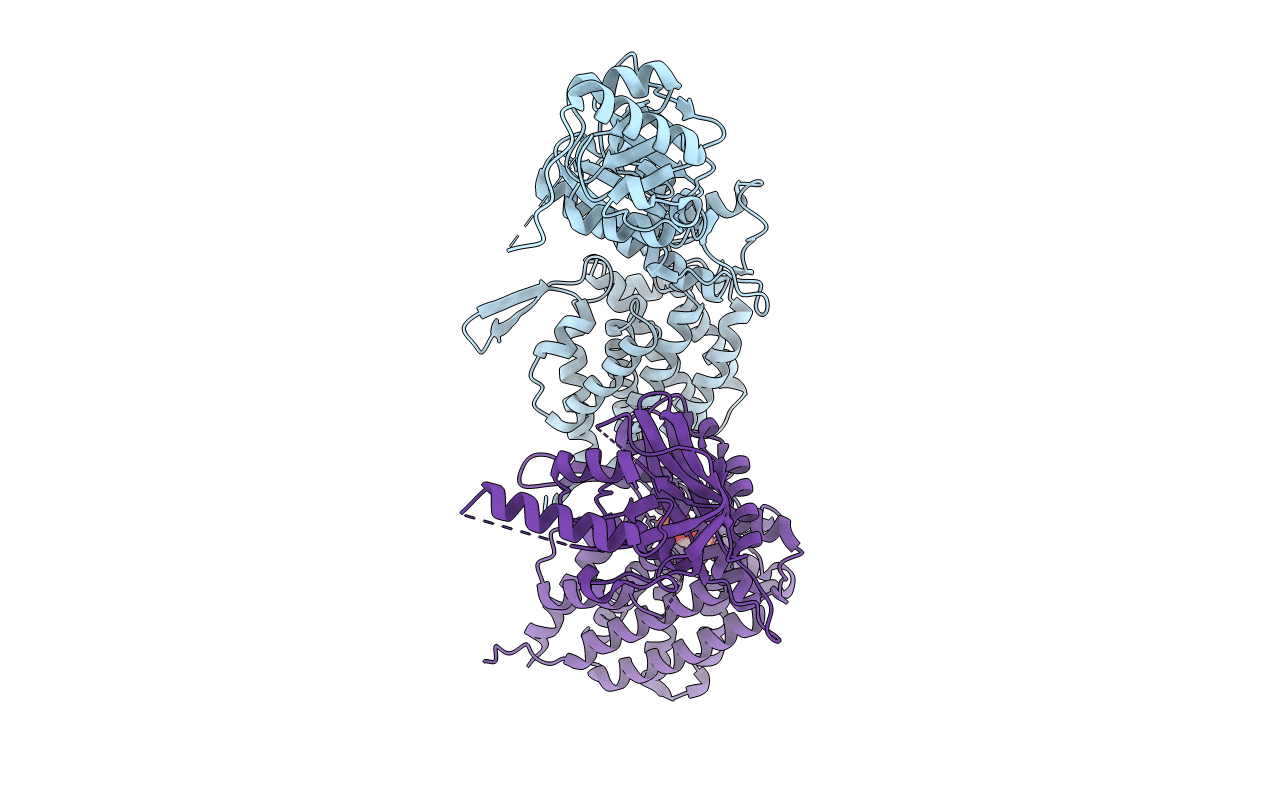
Deposition Date
2014-12-18
Release Date
2016-02-10
Last Version Date
2023-09-27
Entry Detail
PDB ID:
4XCG
Keywords:
Title:
Crystal structure of a hexadecameric TF55 complex from S. solfataricus, crystal form I
Biological Source:
Source Organism:
Method Details:
Experimental Method:
Resolution:
3.74 Å
R-Value Free:
0.29
R-Value Work:
0.24
R-Value Observed:
0.24
Space Group:
I 4 2 2


